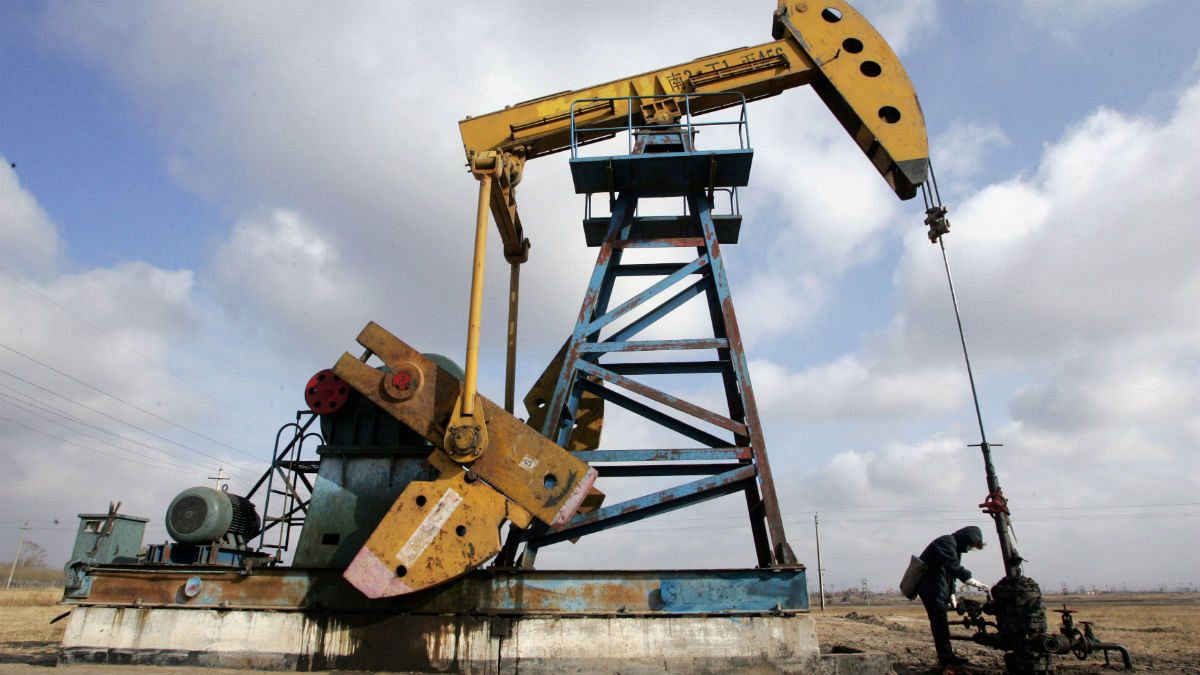The G7 members have agreed to phase out the use of fossil fuels by the year 2100, according to proposals outlined in June 2015. They share this goal
The G7 members have agreed to phase out the use of fossil fuels by the year 2100, according to proposals outlined in June 2015.
They share this goal with the United Nations, with both organisations following a target set by the Intergovernmental Panel on Climate Change (IPCC).
However, some non-governmental organisations (NGO) are asking for the same goal to be reached, but 50 years earlier.
The G7’s plan
In addtion to phasing out fossil fuel by 2100, the G7 has agreed to cut greenhouse gas emissions in order to achieve a global target of no more than a 2 degrees Celsius rise in temperatures worldwide.
Individual targets
European Union (EU)
By 2030, the EU would like 27 percent of the energy consumed to be renewable.
It’s targets are to increase the use of renewable energies to 27 percent by 2030 and to reduce greenhouse-gas usage by 40 percent within the same time frame.
In the 2030 framework for climate and energy policies it is outlined that greenhouse gas emissions will be cut by 80 percent by 2050. There will also be a 17-21 percent reduction of greenhouse gas emissions by 2030, compared to 2005 levels. This, the EU says, which be “achieved through energy saving:http://ec.europa.eu/clima/policies/2030/index_en.htm.
China
China’s aim is for greenhouse gas emissions to peak by 2030 at the latest. Energy consumption coming from zero-emission sources will be at 20 percent by the same year.
USA
The USA says it will decrease greenhouse gas emissions to 26-28 percent below 2005 levels by 2025. It also aims to increase the non-fossil fuel share of all energy to approximately 20 percent by 2030.
The UN and World Bank
The two organisations have pledged to double the global rate of improvement in energy efficiency. They have also agreed to double the amount of renewable energy used worldwide by 2030. It now constitutes 30 percent of global energy. By 2050, the UN and World Bank aim to up the amount to 80 percent, then to 90 percent by 2100. It’s hope the use of fossil fuels will be phased out shortly afterwards.
IPCC
Standing at 30 percent in 2015, renewable-energy usage will be increased to cover 80 percent of the power sector by 2050. Fossil fuels will no longer be used as of 2100.
Climate Action network (CAN)
RAC-F, part of CAN, has pledged to reduce global greenhouse gas emissions by 70 percent by 2050 and to almost entirely cut them out by 2100. This will, it is hoped, help to achieve the goal of a fglobal temperature rise of just two degrees Celsius.
CAN says it aims to use 100 percent renewable energy by no later than 2050. Global greenhouse gas emissions will reach their highest peak in 2015, before being reduced.
Greenpeace
Greenhouse-gas usage will peak in 2015, while fossil fuels will be phased out by 2050.
Friends of the Earth (FOE)
Europe should be aiming to achieve a minimum domestic-emissions reduction of 60 percent below the levels they stood at in 1990. An 80 percent cutback is expected by 2030, according to recent studies.
FOE supports a 100 percent renewable energy system in Europe by 2050 and an energy consumption cut of 50 percent by 2030.
Oxfam
Oxfam says 80 percent of known fossil-fuel reserves need to stay in the ground.
